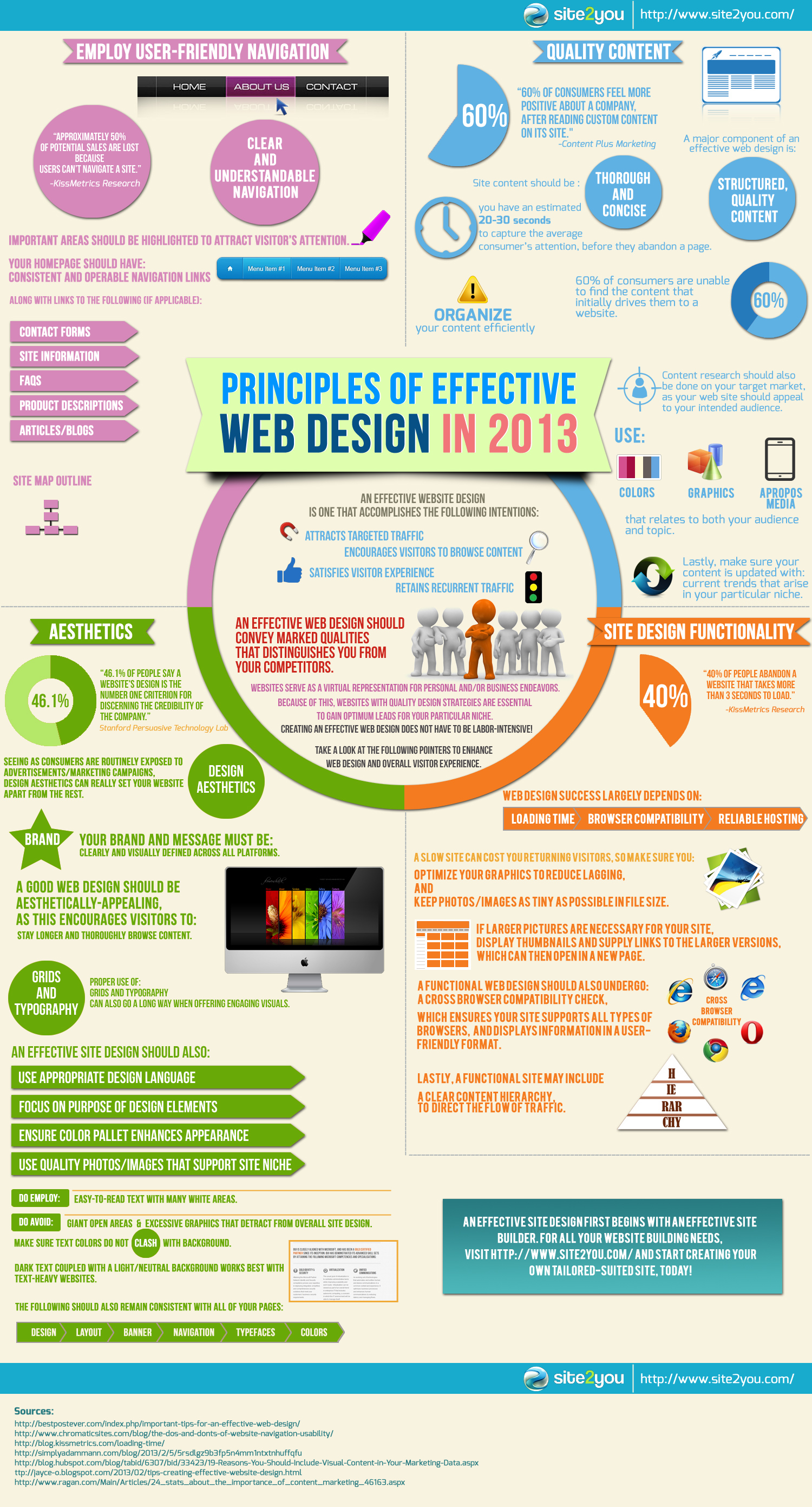Get Ready To Trip With Time And Uncover How Internet Sites Have Actually Ended Up Being Extra Innovative, User-Friendly, And Aesthetically Sensational
Get Ready To Trip With Time And Uncover How Internet Sites Have Actually Ended Up Being Extra Innovative, User-Friendly, And Aesthetically Sensational
Blog Article
Material Writer-Thorsen Hyldgaard
In the past, web sites were straightforward and concentrated on information. great site was direct, and design was for desktops. Currently, customer experience is vital. Information guides styles for simple navigation. Receptive designs match various devices. Today, dark mode minimizes strain, and minimal menus boost navigation. seo services experts engage individuals, and vibrant visuals stick out. AI assimilation boosts interaction. See how design has actually developed to boost your on the internet journey.
Very Early Days of Web Design
In the early days of website design, simplicity reigned supreme. Sites were fundamental, with restricted colors, fonts, and designs. The emphasis got on providing information as opposed to showy visuals. Customers accessed the internet through slow-moving dial-up connections, so speed and performance were vital.
Navigating food selections were straightforward, typically situated at the top or side of the web page. Sites were designed for desktop computers, as mobile browsing had not been yet widespread. Material was king, and developers prioritized very easy readability over complex style elements.
HTML was the main coding language used, and developers needed to work within its restrictions. Animations and interactive features were very little contrasted to today's requirements. Sites were fixed, with little dynamic web content or customized user experiences.
Surge of User-Focused Style
With the evolution of website layout, a change towards user-focused style concepts has ended up being increasingly prominent. Today, producing websites that prioritize user experience is critical for involving visitors and attaining organization objectives. User-focused design includes understanding the demands, choices, and actions of your target market to tailor the internet site's design, web content, and features accordingly.
Designers currently conduct thorough research study, such as individual studies and usability screening, to gather insights and responses straight from individuals. This data-driven approach assists in producing intuitive navigating, clear calls-to-action, and aesthetically enticing user interfaces that resonate with site visitors. By positioning the customer at the center of the layout process, sites can supply an extra personalized and pleasurable experience.
Receptive layout has actually also become a vital aspect of user-focused design, ensuring that internet sites are optimized for various devices and screen sizes. This flexibility enhances ease of access and functionality, satisfying the diverse means customers connect with internet sites today. Essentially, the surge of user-focused style symbolizes a shift towards producing digital experiences that focus on the demands and expectations of the end individual.
Modern Trends in Web Design
Explore the most recent trends forming web design today. One prominent fad is dark setting layout, supplying a streamlined and contemporary look while minimizing eye strain in low-light settings. An additional vital pattern is minimal navigating, simplifying menus and boosting individual experience by concentrating on essential elements. Incorporating micro-interactions, such as animated buttons or scrolling effects, can create a more interesting and interactive site. Receptive layout continues to be important, making certain smooth customer experiences across different gadgets. Furthermore, using bold typography and asymmetrical layouts can include visual interest and accentuate particular content.
Integrating AI technology, like chatbots for client support or tailored referrals, boosts customer involvement and enhances procedures. Ease of access has also come to be a substantial fad, with developers focusing on comprehensive style techniques to accommodate diverse customer needs. Embracing sustainability by enhancing site performance for speed and effectiveness is another arising trend in web design. Teaming up with customer comments and data analytics to repeat and enhance style continually is important for remaining appropriate in the ever-evolving electronic landscape. By welcoming these contemporary patterns, you can create an aesthetically enticing, user-friendly web site that reverberates with your target market.
Verdict
As you assess the evolution of website style from the very early days to currently, you can see exactly how user-focused design has actually ended up being the driving pressure behind contemporary trends.
Accept the journey of modification and adaptation in website design, constantly maintaining the individual experience at the leading edge.
Stay current with the most up to date patterns and technologies, and never ever stop evolving your method to create visually stunning and user-friendly internet sites.
Evolve, adjust, and create - the future of website design is in your hands.
